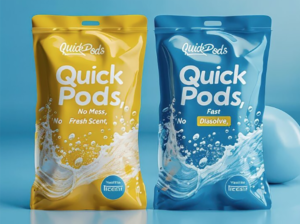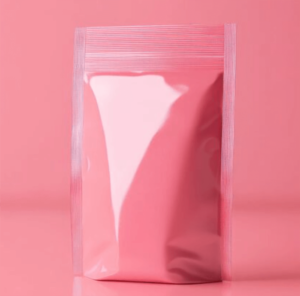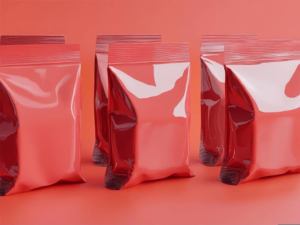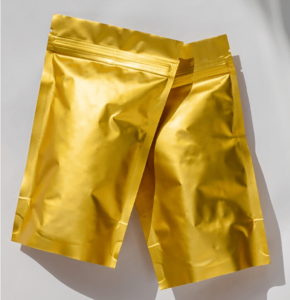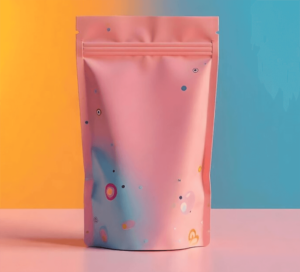Thinking about sustainable packaging but worried about the cost? Many businesses fear that going green means higher expenses and complex changes. This uncertainty can stop positive action.
Transitioning to sustainable packaging involves initial investments in materials, technology, and potentially process adjustments. However, it can lead to long-term savings through reduced waste, enhanced brand reputation, and new market opportunities.
What Are the Emerging Materials in Sustainable Packaging Beyond Traditional Biodegradable Options?
Are you stuck thinking PLA is the only eco-friendly option? Relying on older biodegradable materials might limit your innovation and sustainability goals. You could be missing out on superior performance.
Emerging materials include Polyhydroxyalkanoates (PHAs) which are marine-degradable, mycelium (mushroom-based), seaweed-based polymers, and advanced paper solutions. These offer diverse properties and end-of-life scenarios beyond just industrial composting.

How Are Innovative Technologies Revolutionizing Eco-Friendly Packaging Manufacturing?
Is your current manufacturing process too wasteful for sustainable goals? Old machinery and methods often mean excess material use and energy consumption. This inefficiency hits your bottom line directly.
Innovations like AI-optimized design, advanced sorting for recycling, precision coating for mono-materials, and energy-efficient machinery are reducing waste, lowering energy use, and enabling the use of more sustainable materials effectively.
How Can You Build Resilient Eco-Friendly Packaging Supply Chains in a Global Market?
Are supply chain disruptions for green materials a concern? Dependence on single sources or volatile markets for innovative eco-materials can threaten your production and sustainability commitments. This instability is risky.
Build resilience by diversifying suppliers for critical eco-materials, exploring regional or local sourcing where feasible, investing in transparent tracking, and fostering strong, long-term relationships with reliable manufacturing partners.
Ensuring a Stable Flow of Green Materials
The shift to eco-friendly packaging isn’t just about finding the right material; it’s about ensuring you can get it consistently and at a stable price. This is a big part of the economic consideration.
- Diversification of Suppliers: Relying on a single source for a novel bio-plastic or a specific type of PCR resin is risky. If that supplier faces production issues or geopolitical disruptions, your supply chain grinds to a halt. We actively work to identify multiple qualified suppliers for key sustainable raw materials, even if it means slightly different cost structures initially. The stability is worth it.
- Regional and Local Sourcing: While we are a factory in China, we encourage our clients to think about the entire lifecycle. For components or raw materials where transport significantly adds to the carbon footprint and cost, exploring regional options can make sense. For instance, if a particular bio-additive is available closer to our factory, it reduces inbound logistics costs.
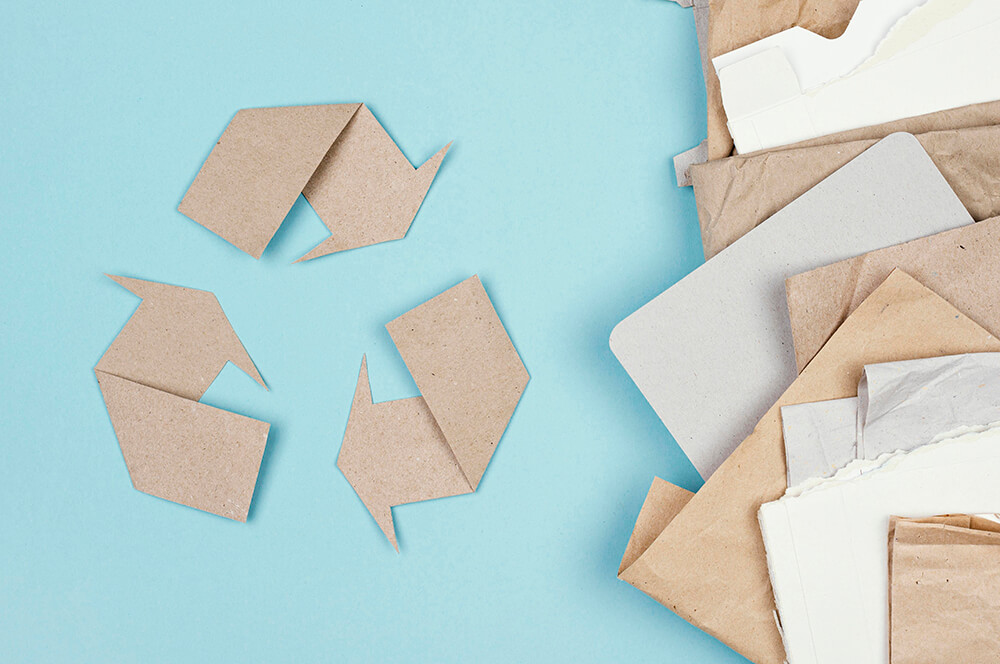
- Investment in Transparency and Traceability: Knowing where your materials come from is increasingly important, not just for compliance but for risk management. Blockchain and other digital tracking technologies can provide visibility into the supply chain, helping to anticipate disruptions or verify sustainability claims (e.g., source of recycled content).
- Long-Term Partnerships: Building strong relationships with material suppliers and packaging converters like Noupack creates a more collaborative environment. When disruptions occur (as they did during the pandemic), partners are more likely to work together to find solutions, share information, and prioritize supply. Stuart, our client, values consistency in quality and supply, which is built on such trusted relationships.
- Inventory Management: For some newer eco-materials with less mature supply chains, holding slightly higher strategic inventory (balancing holding costs against risk of shortage) might be a prudent economic decision in the short term.
Building a resilient supply chain for eco-friendly packaging is an ongoing process, not a one-time fix. It requires proactive management and a willingness to adapt.
How Can Scientific Approaches Validate Biodegradability and Compostability in Packaging?
Are “biodegradable” claims on your packaging trustworthy? Without proper scientific validation, such claims can be misleading (greenwashing) and lead to consumer mistrust or regulatory issues. This damages brand credibility.
Validation involves standardized laboratory testing (e.g., ASTM D6400 for industrial compostability, ASTM D5511 for anaerobic biodegradation) under controlled conditions, followed by third-party certifications from bodies like TÜV Austria or BPI.
How Can You Leverage Eco-Friendly Packaging as a Competitive Advantage in Today’s Market?
Is your packaging just seen as a cost? If so, you’re missing a chance to connect with values-driven consumers. Standard packaging blends in, but eco-friendly choices can make you stand out.
Leverage eco-packaging by highlighting sustainability efforts in marketing, appealing to conscious consumers, meeting retailer demands for greener products, and potentially justifying premium pricing, thereby increasing market share and brand loyalty.
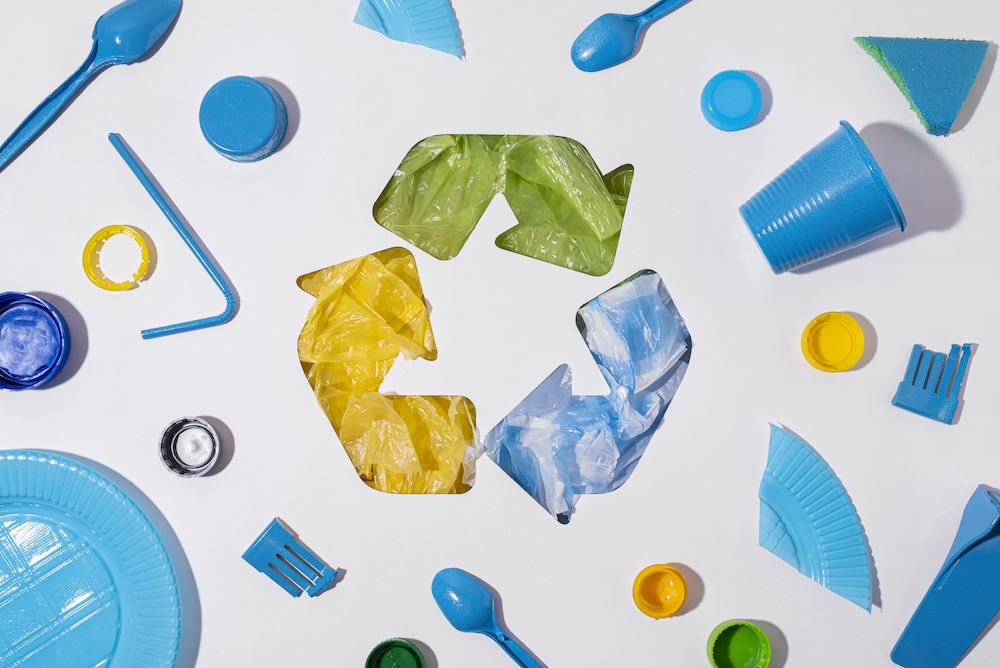
Turning Green into Gold: Market Benefits
Sustainable packaging isn’t just an operational change; it’s a powerful marketing tool and a way to build a stronger brand. The economic benefits here are about increased sales, customer loyalty, and market differentiation.
- Attracting the Conscious Consumer: A large and growing segment of consumers, especially Millennials and Gen Z, actively seek out sustainable products. Packaging is often the first indicator of a brand’s commitment. Clear labeling of recycled content, recyclability, or compostability can directly influence purchase decisions. I’ve seen brands thrive by making this a central part of their story.
- Meeting Retailer Requirements: Major retailers worldwide are setting their own sustainability goals and increasingly demand that their suppliers use more eco-friendly packaging. Compliance can open doors to preferred shelf space or even new retail partnerships. Failure to meet these evolving standards can mean losing business.
- Brand Differentiation and Reputation: In a crowded market, like snacks or coffee (products we make pouches for), sustainable packaging can be a key differentiator. It signals quality, responsibility, and alignment with modern values. This builds a positive brand image and can foster strong customer loyalty, which is more valuable than repeat purchases driven by price alone.
- Potential for Premium Pricing: While not always possible, consumers are sometimes willing to pay a bit more for products in genuinely sustainable packaging, especially if the brand effectively communicates the value and benefits. This can help offset any higher material or processing costs.
- Employee Engagement and Talent Attraction: Companies known for their commitment to sustainability often find it easier to attract and retain talent. Employees want to work for businesses that align with their values.
When I talk to brand owners, I emphasize that the investment in eco-friendly packaging, like the laminating paper or pouches we produce, isn’t just a cost; it’s an investment in their brand’s future. It requires authentic communication, not greenwashing, to truly reap the benefits.
What Are the Future Trends in Sustainable Packaging: Technologies, Materials and Consumer Expectations?
Are you prepared for what’s next in sustainable packaging? Staying with current eco-friendly options might mean falling behind as new innovations and demands emerge. Proactive adaptation is key.
Future trends include smart packaging for enhanced traceability and waste reduction, wider adoption of advanced recycled/bio-based materials, closed-loop systems, hyper-customization through digital printing, and increasing consumer demand for transparency and minimal packaging.
Conclusion
Our company is dedicated to using more environmentally friendly materials to create high-quality products for our customers, pursuing quality while protecting the environment.

